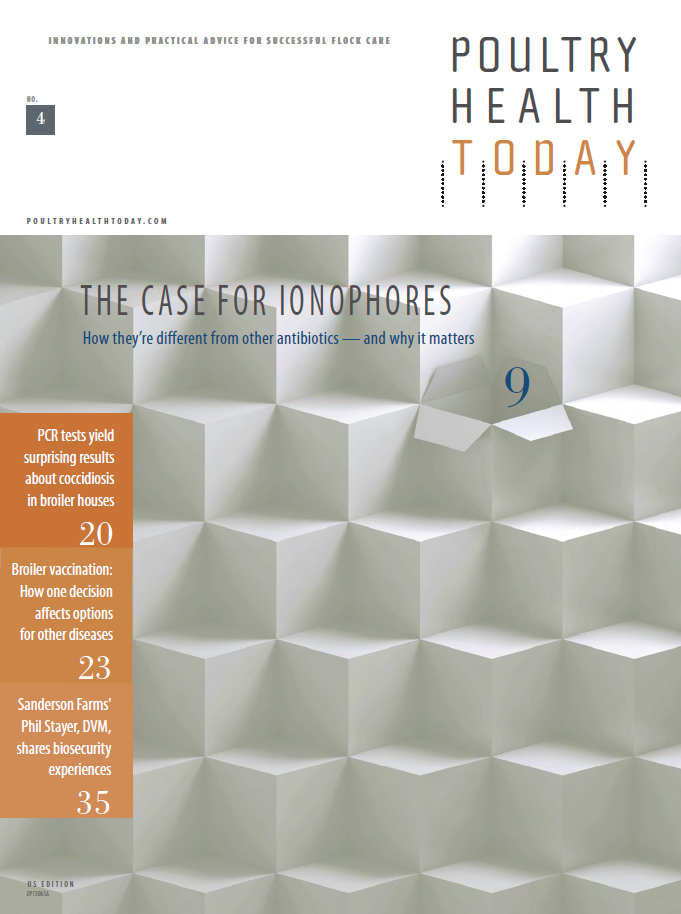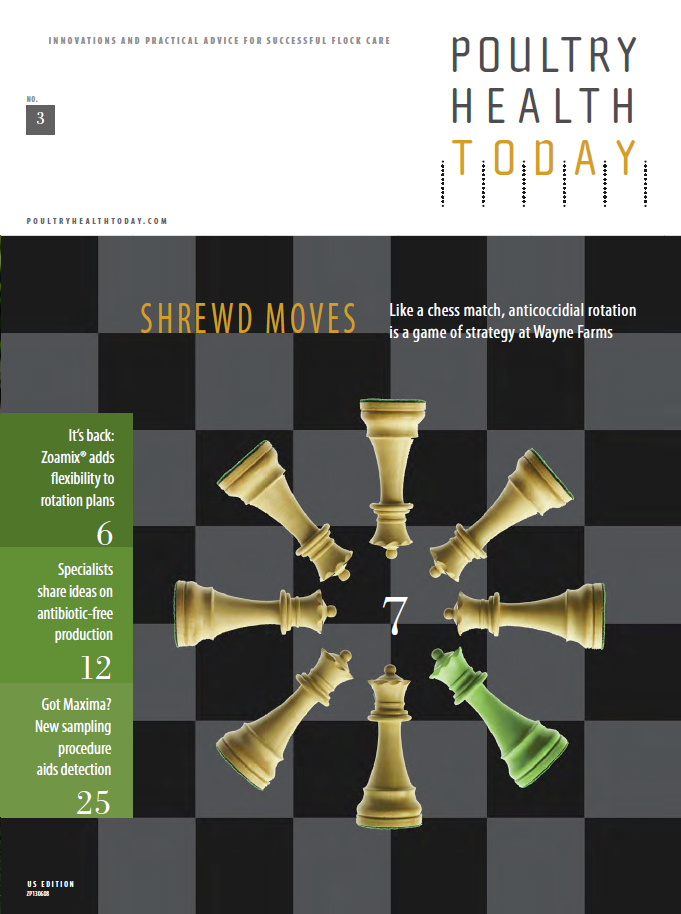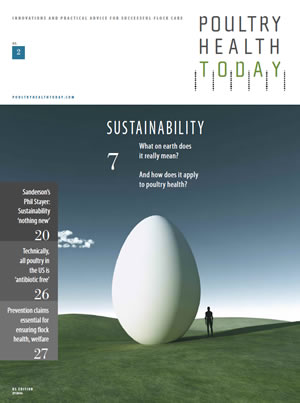

Ionophores: The price of elimination

Published reports indicate that poultry operations not using any type of antibiotic, including ionophores, are indeed experiencing setbacks in production and flock welfare.
According to Reuters, one major US producer’s transition to poultry raised without antibiotics” led to unexpectedly high bird-mortality rates, a need for more chicken houses and spending at least $4 million more a year on vaccines than rivals who haven’t made the switch.”
The report added, “Birds raised without antibiotics also generally take 3 to 9 days longer to reach their market weight” - or as much as 20% longer than conventionally raised birds.
Costly for everyone
That reduced efficiency apparently has trickled down to consumers shopping at their local meat case.
A Reuters report also pointed out that a generic store-brand chicken raised in a conventional production system normally costs around $1.50 per pound. Conversely, an organic chicken - one raised without any type of antibiotic including an ionophore — costs anywhere from $2.69 per pound to as much as $10 per pound at upscale butcher shops.
There’s another concern that arises when ionophores used to manage coccidiosis are eliminated from poultry operations. The result could be more sick birds with gut disease that requires therapeutic doses of antibiotics that are important to human medicine.
‘Keep the animals healthy’
For example, chickens with coccidiosis are more likely to develop necrotic enteritis, the potentially deadly disease that causes gut tissues to die. One of the treatment options for the disease is penicillin, which FDA considers “highly important” to human medicine.
As infectious disease specialist Randall Singer, DVM, PhD, University of Minnesota, put it in an article for bestfoodfacts.org, “The best way to avoid the need for high-dose, clinically important antibiotics is to keep the animals healthy in the first place.”
More Issues















